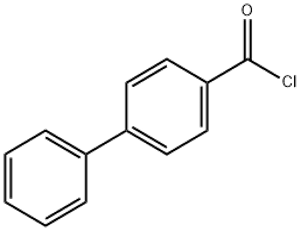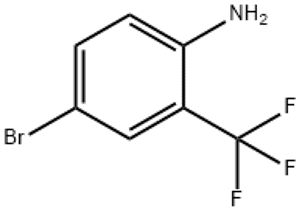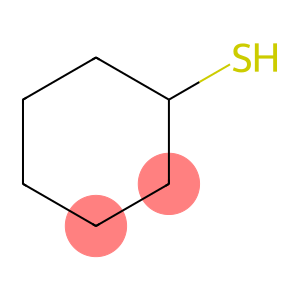4-Biphenylcarbonyl chloride (CAS# 14002-51-8)
Risk and Safety
| Hazard Symbols | C – Corrosive |
| Risk Codes | R14 – Reacts violently with water R34 – Causes burns |
| Safety Description | S26 – In case of contact with eyes, rinse immediately with plenty of water and seek medical advice. S36/37/39 – Wear suitable protective clothing, gloves and eye/face protection. S43 – In case of fire use … (there follows the type of fire-fighting equipment to be used.) S45 – In case of accident or if you feel unwell, seek medical advice immediately (show the label whenever possible.) S25 – Avoid contact with eyes. |
| UN IDs | UN 3261 8/PG 2 |
| WGK Germany | 3 |
| FLUKA BRAND F CODES | 21-10 |
| TSCA | Yes |
| HS Code | 29163990 |
| Hazard Note | Corrosive/Lachrymatory/Moisture Sensitive |
| Hazard Class | 8 |
| Packing Group | II |
4-Biphenylcarbonyl chloride (CAS# 14002-51-8) introduction
nature:
-Appearance: Colorless to light yellow liquid.
-Soluble in alcohols, ethers, and chlorinated hydrocarbons.
Purpose:
4-biphenylformyl chloride is an important organic synthesis reagent commonly used in the synthesis of benzoyl chloride and its derivatives. It can be used for the following applications:
-As a crosslinking agent for adhesives, polymers, and rubber.
-Used for protecting group removal reactions in organic synthesis reactions.
Manufacturing method:
4-biphenylformyl chloride can be prepared by reacting aniline with formic acid. The reaction conditions can be heating biphenylamine and formic acid at a certain temperature, and adding catalysts such as ferrous chloride or carbon tetrachloride to accelerate the reaction.
Security information:
-4-biphenylformyl chloride is an organic synthetic reagent and belongs to the category of irritating gases. Contact or inhalation of this substance may cause irritation to the eyes, skin, and respiratory tract.
-When using 4-biphenylformyl chloride, please wear appropriate protective equipment such as gloves, protective goggles, and a protective mask.
-4-Biphenylformyl chloride should be stored away from sources of fire and in a cool, well ventilated place. Avoid direct contact with skin and eyes, and avoid inhaling their vapors.
-If exposed to 4-biphenylformyl chloride, immediately rinse the affected area with plenty of water and seek medical attention promptly.





![4-(Methoxycarbonyl)bicyclo[2.2.1]heptane-1-carboxylicacid (CAS# 15448-77-8)](https://www.xinchem.com/uploads/4Methoxycarbonylbicyclo221heptane1carboxylicacid.png)


